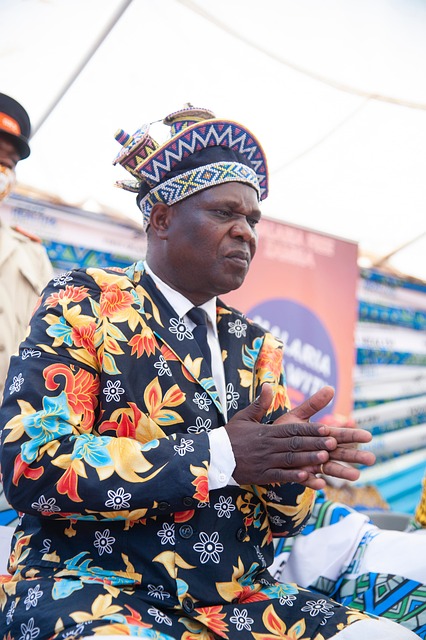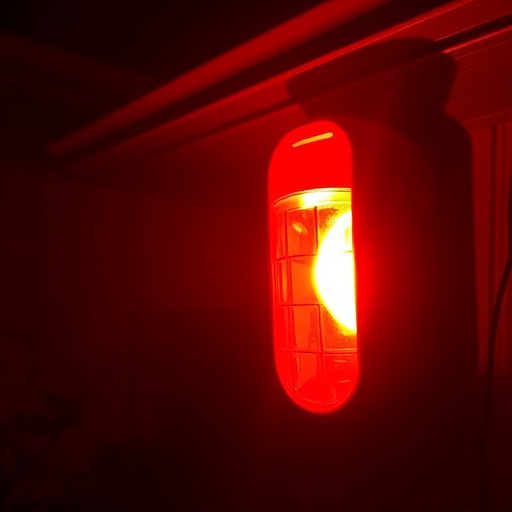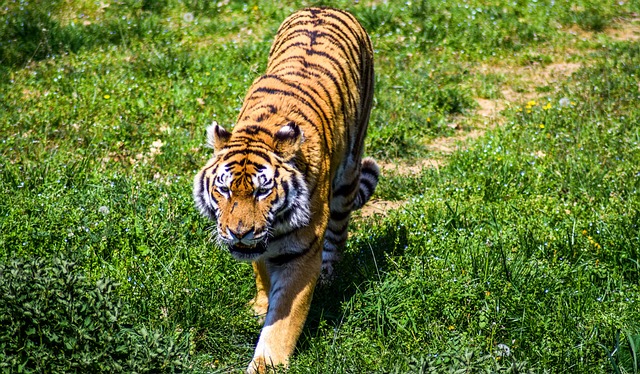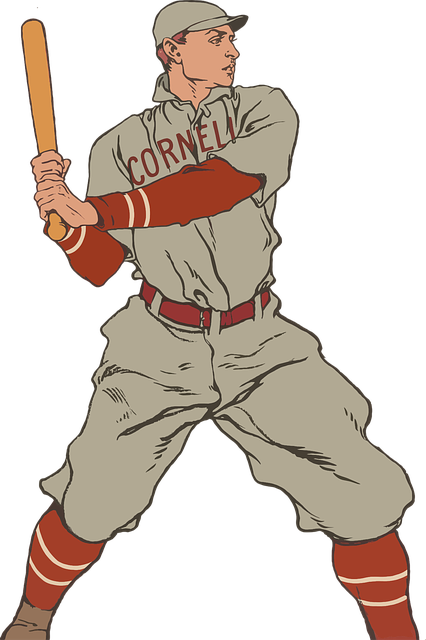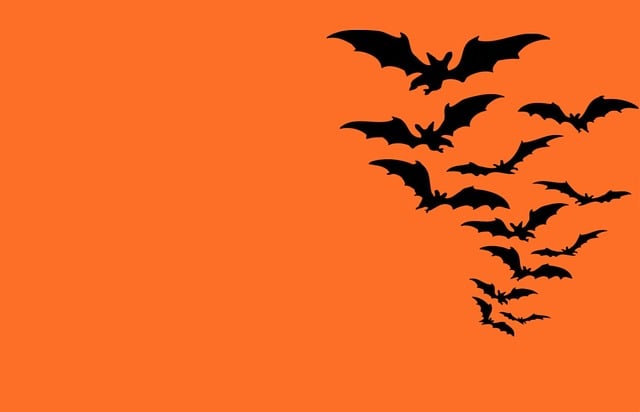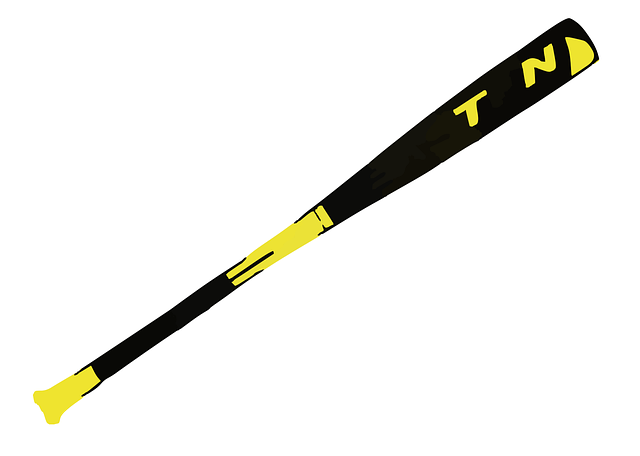The evolution of NCAA baseball teams, particularly Oregon's Ducks, uniform designs shows a progression from functional minimalism to modern, tech-driven aesthetics. Historically simple and focused on comfort, uniforms began incorporating team colors and intricate designs in the 1980s and 1990s. Today, NCAA baseball teams blend tradition with contemporary trends, leveraging technology for performance and personalization. This journey reflects a dynamic balance between athletic pride, fashion, and community engagement within college athletics.
The evolution of ducks baseball uniforms is a fascinating journey that reflects not just stylistic changes, but also the shifting dynamics of NCAA baseball. From the simplicity of early years to the vibrant displays of team pride in the 1980s and 1990s, each era has left its mark on the uniform tapestry. Today, technological advancements have ushered in innovative designs, while individual teams have embraced unique features to stand out. This article explores these transformations, delving into the historical overview, key trends, memorable looks, and future prospects for ducks baseball uniforms across NCAA teams.
- Historical Overview of Ducks Baseball Uniforms in the NCAA
- Early Years: Simplicity and Tradition
- 1980s-1990s: Colorful Evolution and Team Pride
- Modern Era: Technological Advancements and Design Trends
- Unique Features and Memorable Looks Across Different Teams
- Future Prospects: Innovation and Sustainability in Duck Baseball Uniforms
Historical Overview of Ducks Baseball Uniforms in the NCAA
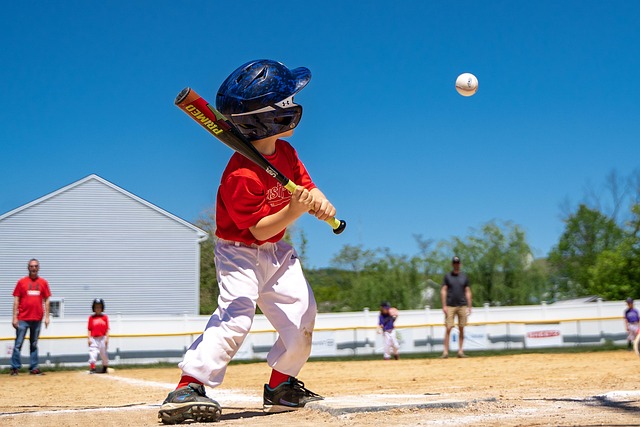
The evolution of NCAA baseball uniforms, particularly for the Ducks, reflects both athletic pride and changing fashion trends over the decades. Historically, NCAA baseball teams, including Oregon’s Ducks, wore simple, functional attire designed for performance rather than style. Early uniform compositions often consisted of a plain white or light-colored jersey with matching pants, featuring little in the way of logos or branding. This minimalist approach prioritized comfort and ease of movement for players engaged in the intense physical demands of baseball.
As the sport gained popularity and media attention increased, so did the desire to stand out on the field. The Ducks began incorporating subtle team colors—like green and yellow—into their uniforms, adding a touch of flair while still maintaining functionality. Over time, designs became more intricate, with logos, stripes, and unique patterns making their way onto the jerseys and caps. Today, NCAA baseball teams’ uniforms are a blend of tradition and modern design, showcasing the Ducks’ rich history while appealing to contemporary fans.
Early Years: Simplicity and Tradition
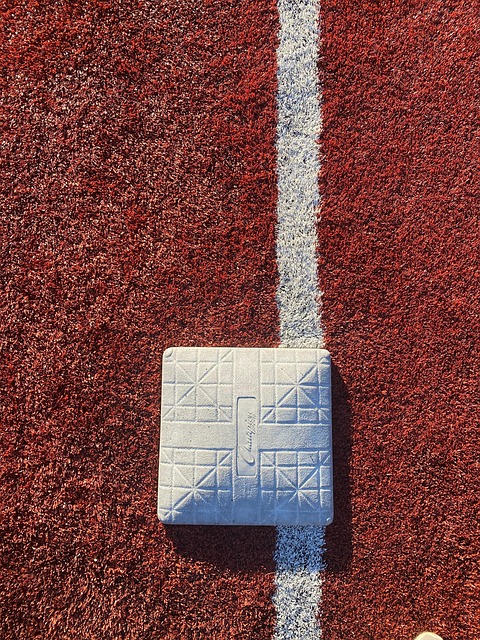
In the early years, the uniforms of NCAA baseball teams were characterized by simplicity and tradition. Teams often wore solid-colored jerseys with matching pants, typically featuring classic colors like navy blue, forest green, or white. These uniforms were designed for functionality and ease of identification on the field, reflecting the straightforward nature of the game itself. The focus was on comfort and performance, with materials chosen to withstand the rigors of intense athletic competition.
The designs were generally conservative, emphasizing team pride through logos and numbers rather than flamboyant patterns or graphics. This simplicity allowed players to move freely while showcasing their skills, a testament to the evolution of baseball as a sport that values tradition and skill over flash. It also facilitated easy recognition among fans, fostering a sense of camaraderie and community within the teams and their supporters.
1980s-1990s: Colorful Evolution and Team Pride
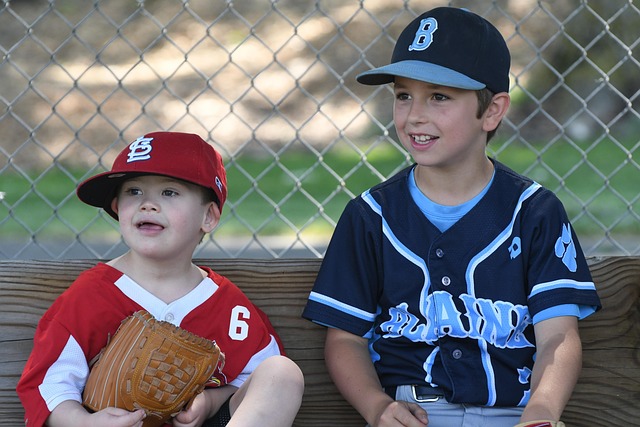
In the 1980s and 1990s, the uniforms of NCAA baseball teams underwent a colorful evolution, reflecting a growing emphasis on team pride and identity. This era saw a departure from the traditional plain designs, as schools started to incorporate bold colors, unique stripes, and dynamic patterns into their attire. The trend was driven by a desire to create a distinct visual representation of each team, fostering a stronger sense of camaraderie among players and instilling fear in opponents.
The 1990s, in particular, were marked by an explosion of creativity, with some teams adopting almost abstract designs that stood out on the field. This period also witnessed the introduction of sponsor logos and catchy slogans on uniforms, further enhancing team marketing efforts. The evolution in design not only made NCAA baseball more visually appealing but also contributed to the overall excitement and spectacle of college athletics during this time.
Modern Era: Technological Advancements and Design Trends
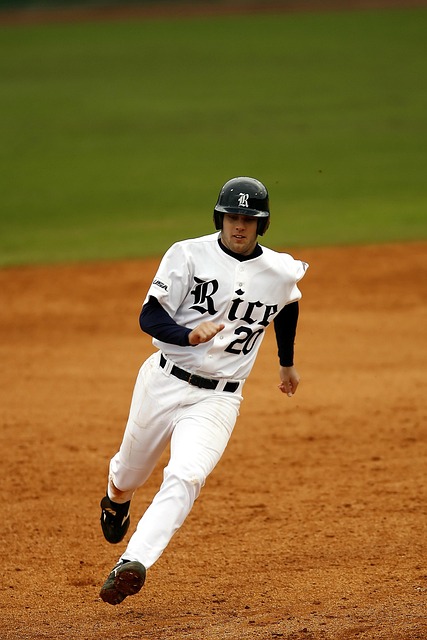
In the modern era, technological advancements have played a significant role in shaping the design trends of NCAA baseball uniforms. With advancements in fabric technology, ducks baseball uniforms now feature lightweight, breathable materials that enhance player performance and comfort during intense games. The introduction of digital printing has allowed for more vibrant and intricate designs, incorporating team logos, sponsor marks, and creative patterns with greater precision and speed.
Additionally, the rise of data analytics has influenced uniform design by providing insights into player preferences and performance metrics. Modern uniforms often incorporate moisture-wicking technologies and strategic ventilation to cater to athletes’ needs, ensuring they stay dry and cool under high-pressure situations. These technological innovations not only enhance the practical aspects of baseball uniforms but also contribute to the overall aesthetic appeal, making NCAA baseball teams stand out on the field.
Unique Features and Memorable Looks Across Different Teams
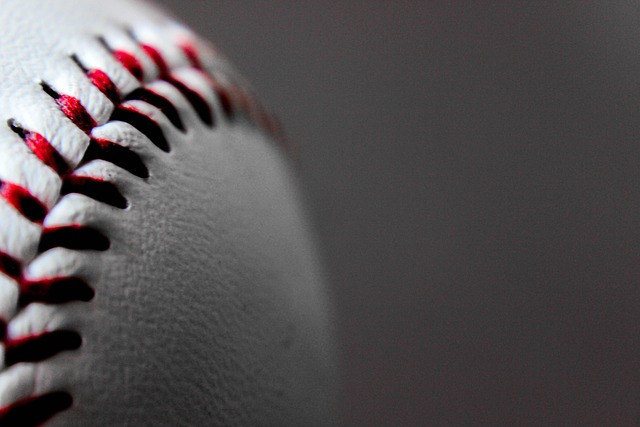
The evolution of Ducks baseball uniforms across various NCAA baseball teams showcases a captivating blend of team pride, tradition, and technological advancements. Each uniform tells a story, featuring unique details that set them apart. From bold color combinations to intricate designs, these attire pieces have become iconic within the collegiate baseball scene. Teams often incorporate their school colors, with some adding distinctive patterns or patches that represent their heritage and achievements.
Memorable looks span from classic plain uniforms with subtle embroidery to modern designs featuring mesh fabric for enhanced breathability. Some teams embrace retro styles, paying homage to their historical roots, while others dare to experiment with bold graphics and neon hues. These variations not only contribute to the visual spectacle of baseball games but also foster a sense of community among fans, creating a diverse and vibrant landscape of Ducks baseball fashion.
Future Prospects: Innovation and Sustainability in Duck Baseball Uniforms
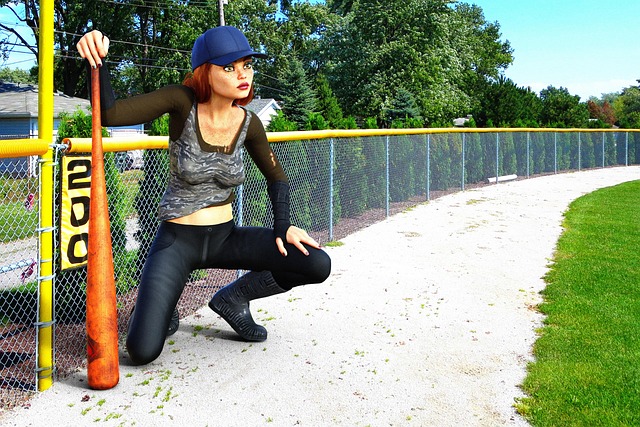
As NCAA baseball teams continue to evolve, so too will the designs and materials used for their uniforms. Future prospects in Duck baseball uniforms look bright, with a focus on innovation and sustainability. This may include adoption of advanced fabrics that enhance performance while reducing environmental impact. For instance, lightweight, breathable materials can improve player comfort during intense games, leading to better overall performance.
Additionally, the integration of cutting-edge technologies could personalize uniform designs for individual players, catering to their unique needs and preferences. This could range from customized fit and style to innovative color schemes that reflect team spirit in a dynamic way. With a growing awareness of sustainability, there may also be more recycled and eco-friendly materials used, aligning with the broader trend towards green practices within professional sports.
